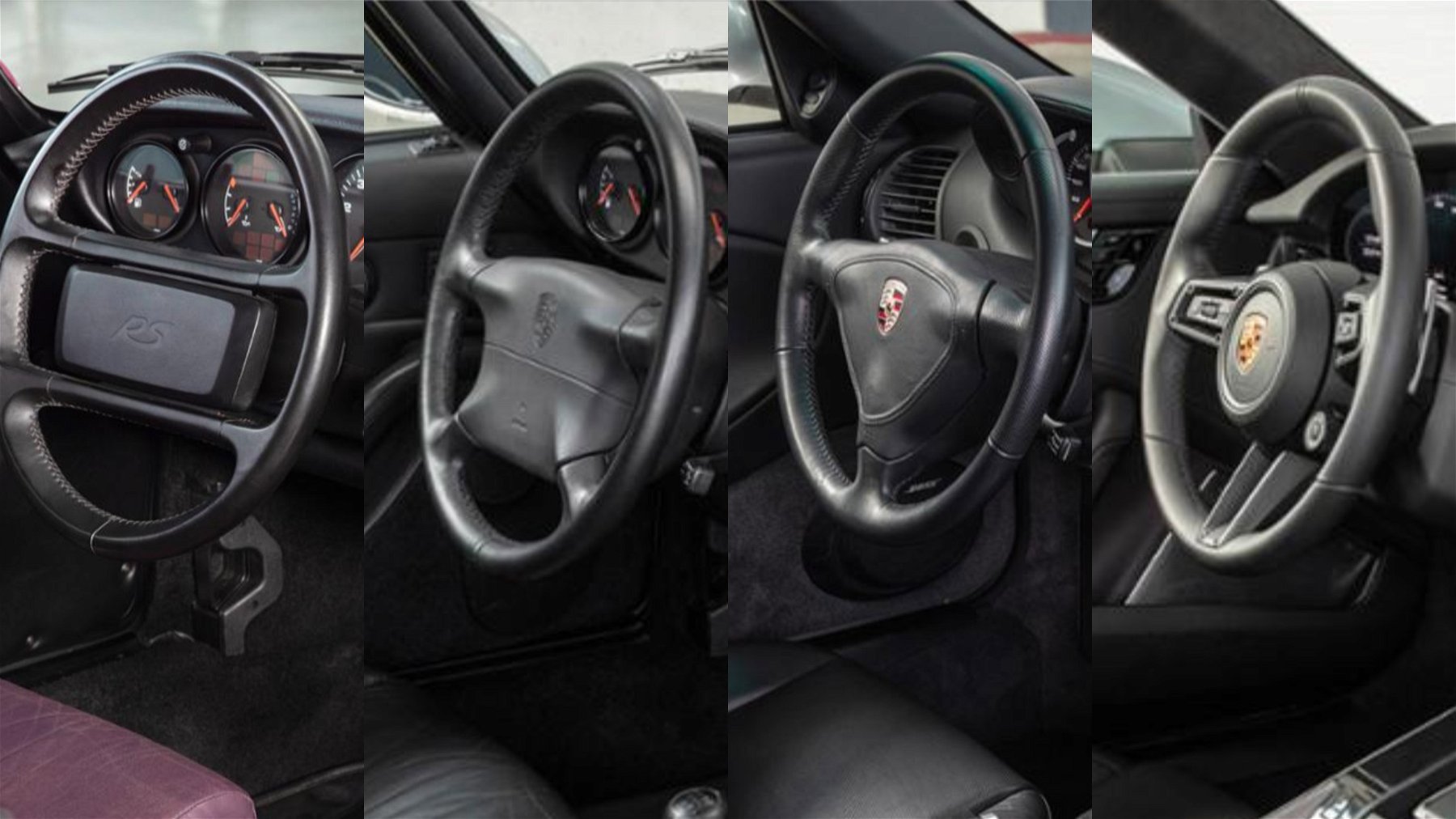A Porsche 911 is timeless and unmistakable. We all agree on that. Not for nothing was the slogan “Timeless Machine” created for the advertising of the latest Porsche 911 generation (Porsche 992). It is always exciting to see in which areas the respective generation develops technically and optically. Today we will look at the evolution of the maybe most important part of the Porsche 911. The steering wheel. How has the look and technology of the Porsche 911 steering wheel changed over the years?
Porsche 911 original model
Everything started with this steering wheel. Here is a steering wheel from an early 911 from 1965.
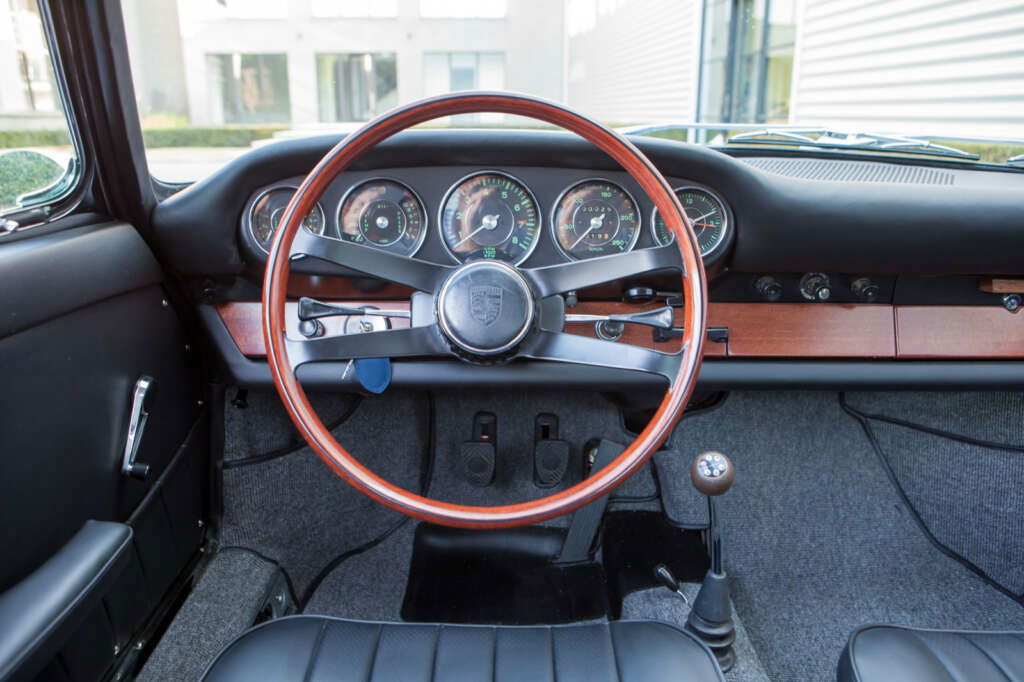
Porsche 911 C-Series steering wheel
The first generation of the Porsche 911 (original model or F model) could be bought from 1964. It was a 2 + 2-seater sports car and available as Coupé, Cabriolet and Targa. The original model was followed by the A, B, C, D, E and F Series. The last Porsche 911 from the original model (F model) ran in 1973 from the assembly line. Afterwards, the 911 was a major developmental progress compared to the Porsche 356 model. This applies to the entire vehicle construction and in particular to the engine. Before the start of the 911 series production in September 1964, 13 prototypes were still being built as a Porsche 901. The steering wheel shown here was installed in the C-series.
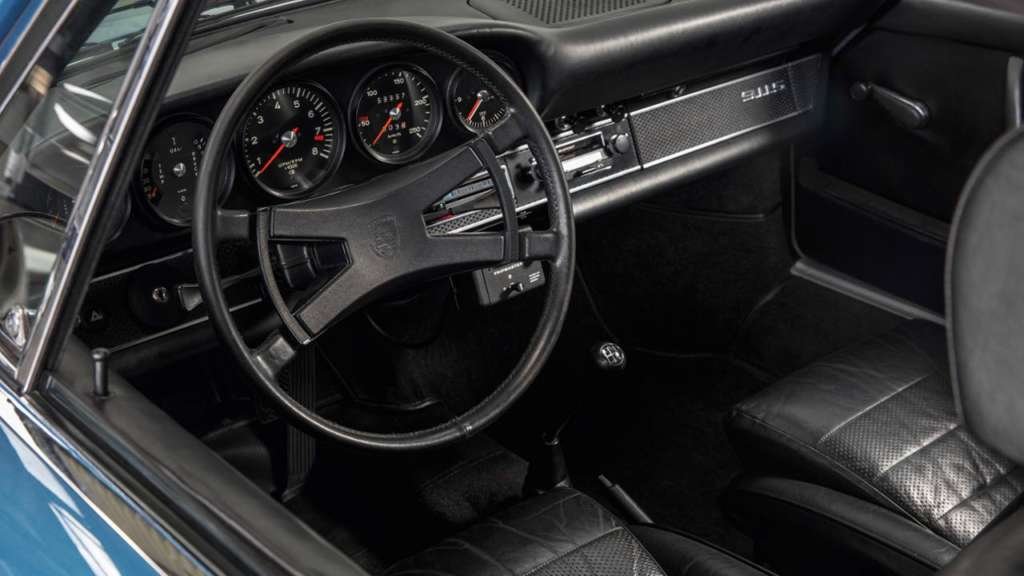
Porsche 911 G-model steering wheel
The Porsche 911 G model was a true perennial and was built for a full 17 years. During this time, engines were built with 2.7, 3.0 and 3.2 liters. The narrow G-model (from 1974 to 1977) on the 911 SC, the Carrera 3.0 up to the Carrera 3.2, there was a large variety of variants, colors and equipment.
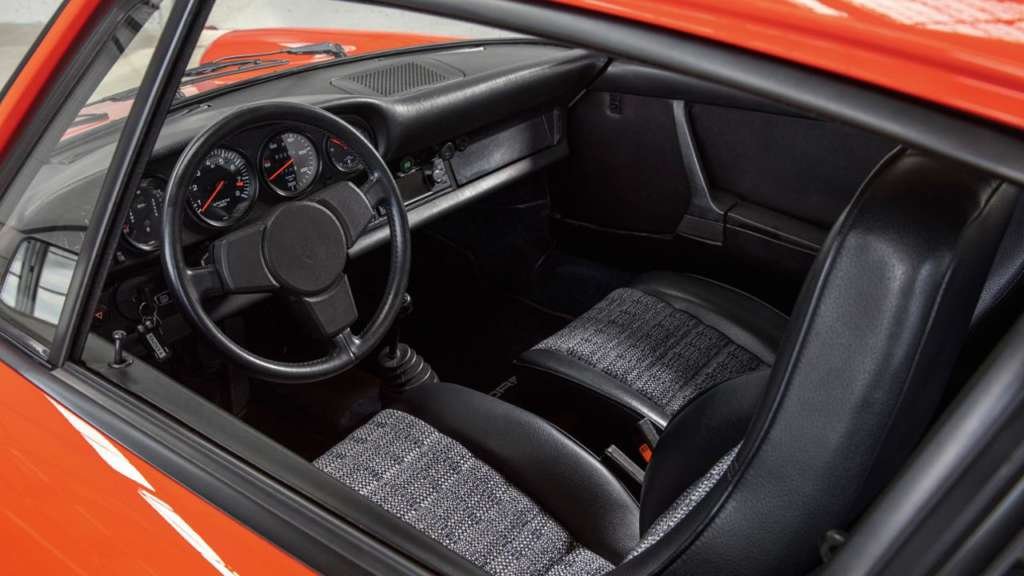
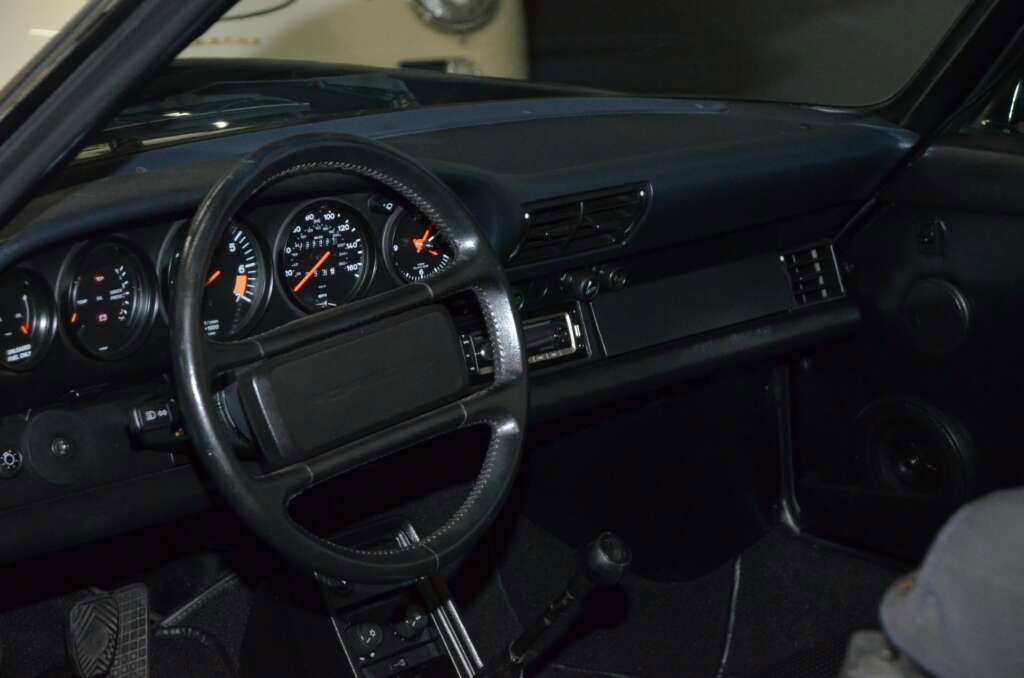
Porsche 964 steering wheel
The Porsche 964 is the successor of the Porsche 911 “G-model” and came on the market in 1989. It was offered with both rear-wheel drive as Carrera 2, as well as with four-wheel drive as Carrera 4. The Porsche 964 has been developed in many areas compared to the G-model, for example, there was now power steering and ABS. From 1991, the 911 also came as standard with airbag. The engine power of the 964 ranges from 184 kW (250 hp) in the Carrera models up to 265 kW (360 hp) in the turbo model.
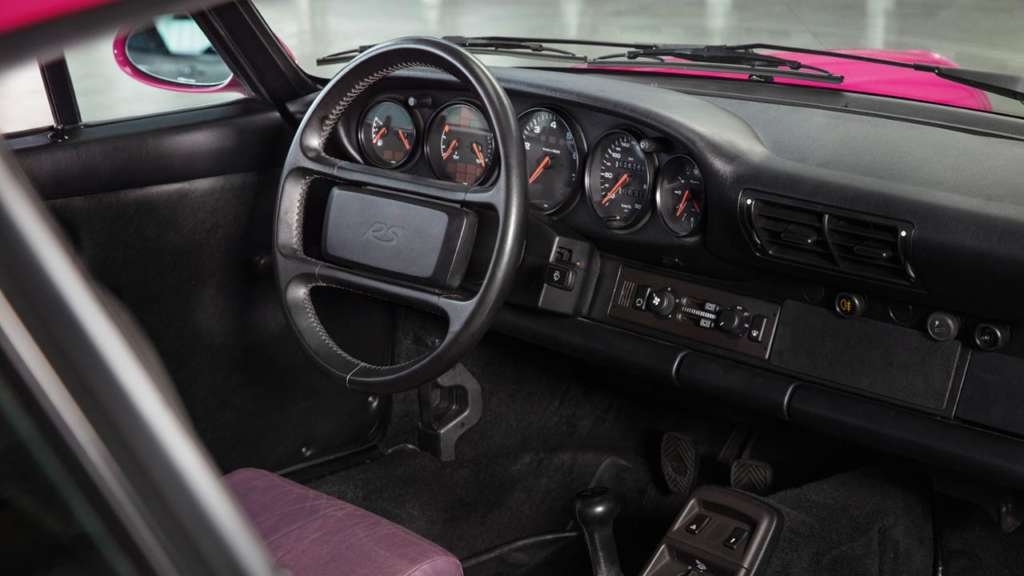
Porsche 993 steering wheel
The Porsche 993 is the successor of the Porsche 964 series. It is the last model of the Porsche classic 911 with air-cooled boxer engine. The engine range of the 993 introduced in 1993 ranges from 200 kW (272 hp) or 210 kW (286 hp) in the Carrera and Targa models to the turbo top model with 300 kW (408 hp). In addition, performance-enhanced vehicles for motorsport were produced, whose engine outputs from 221 kW (300 hp) to 316 kW (430 hp) range. The last Porsche 993 could be bought in 1998 as a new car.
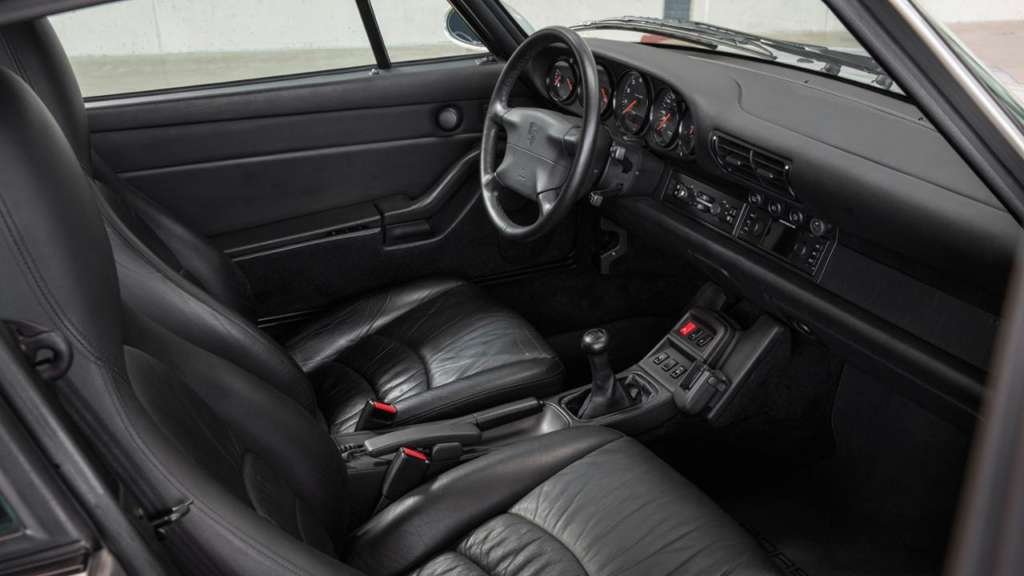
Porsche 996 steering wheel
The Porsche 996 was manufactured from 1997 to 2006. It is the successor of the Porsche 993 and thus the fifth generation of the 911 series. The 996 is the first model of the 911 series with a water-cooled engine. In 1997 Porsche finally gave up on this air-cooled engine concept, which had been used for more than fifty years. The Porsche 996 was designed by Harm Lagaay. Body shape and interior differ significantly from the previous model 993. The 996 polarized to this day. The reason for this is the novel design of the headlights.
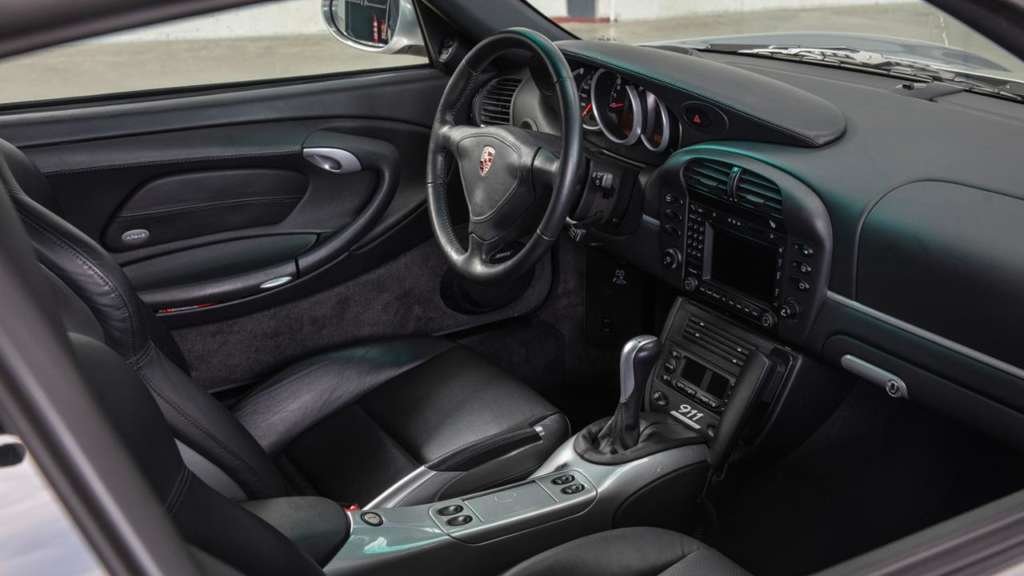
Porsche 997 steering wheel
Porsche responded to the criticism of the predecessor 996 in the development of the Porsche 911 of the 997 generation. The second water-cooled 911 is based optically with the classic round headlights again more on the original 911 form. More than ten years ago, the production of the 997.1 named Porsche 911 ended. In 2008, the model series was given a facelift. The 997 is the first generation with a multi-function steering wheel. Another innovation is the standard bi-xenon headlights and the optional cornering light. The all-wheel drive Carrera 4, Carrera 4S and Targa 4 and Targa 4S models now have a red bar between the taillights.
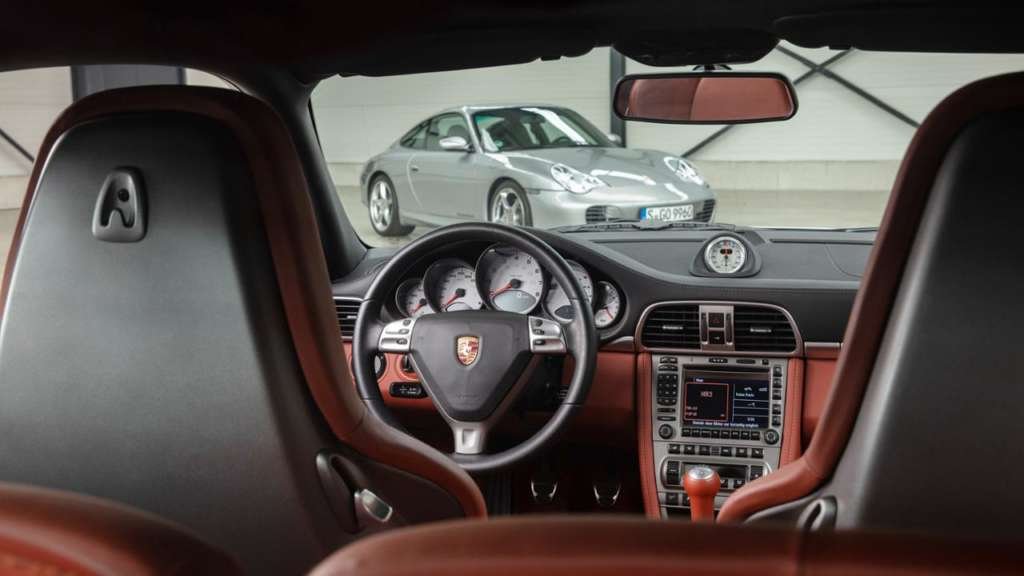
Porsche 991 steering wheel
The Porsche 991 was presented in September 2011 at the IAA in Frankfurt. Porsche was about to be taken over by VW after the attempt to take over VW itself had failed two years earlier. Thus, the 991.1 is the last Porsche 911, which originated in the autonomy of the company Porsche. Depending on the source one reads that up to 90% of the installed parts were renewed compared to the predecessor 997. Thus, it represents one of the largest development steps in the history of the 911.
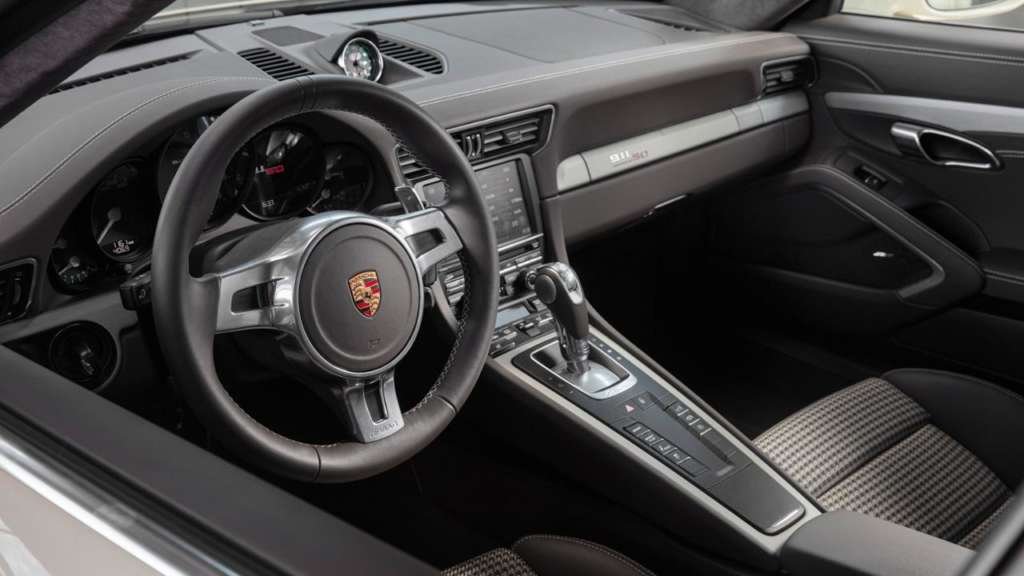
Porsche 992 steering wheel
We arrived in the present. The Porsche 992 is the latest generation of the Porsche 911 and is offered as a “Timeless Machine”. What will the steering wheel of the successor generation of the Porsche 992 look like? Will there still be a Porsche 911 in the future? It remains exciting.
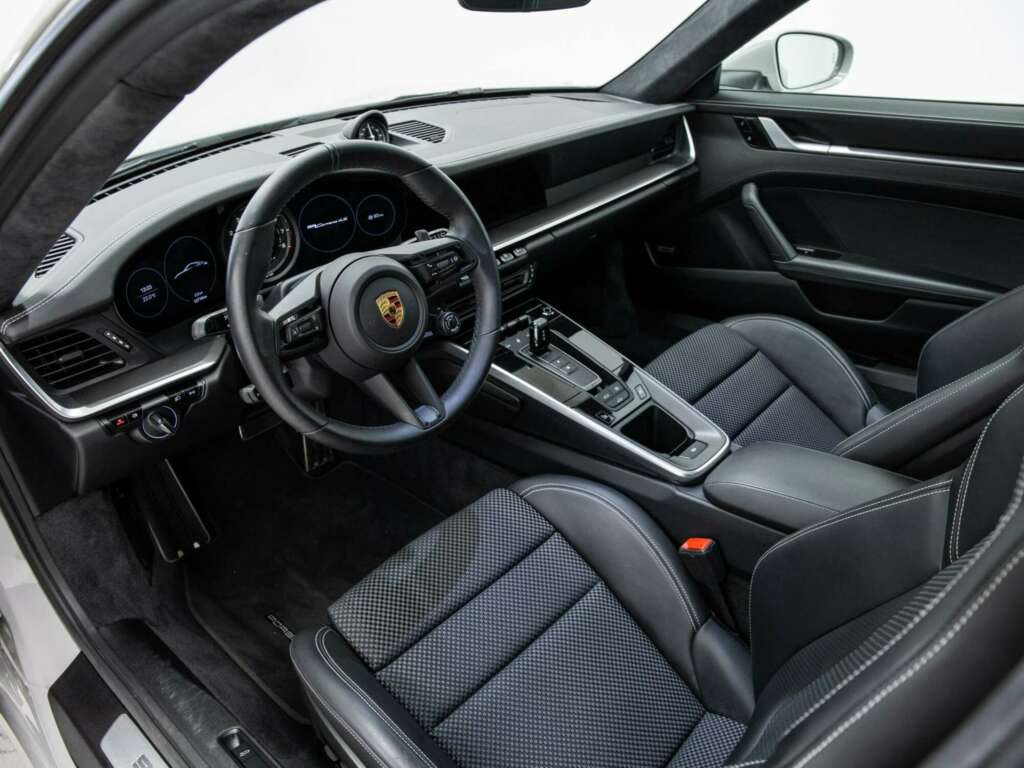
Bilder: Porsche AG
Elferspot magazine
You have reached your article limit for this month.
Become an Elferspot Member now and get unlimited access to our Elferspot Magazine and other features!
- No obligations or charges.
- We help you find your dream car: get newly added cars straight into your mailbox.
- Your own watch list for your favorite cars.
- Unlimited access to Elferspot Magazin.
- -10% welcome discount for Elferspot textile products
- Successfully sell your Porsche via Elferspot.
